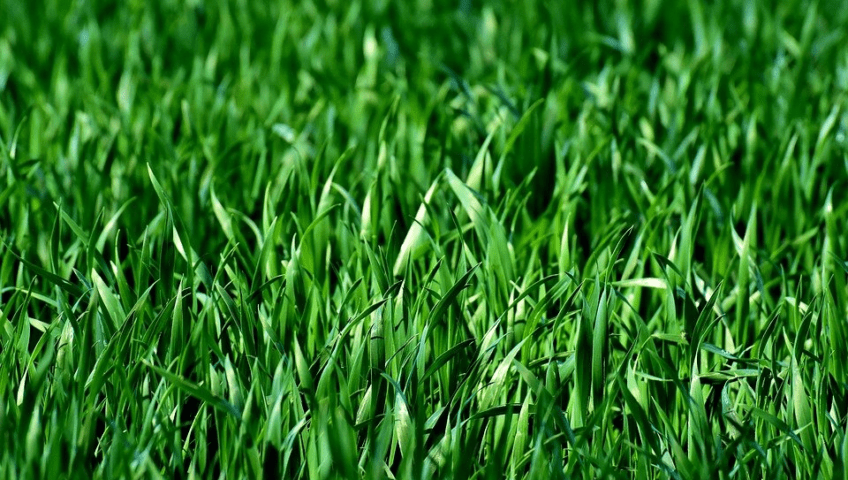A lawn comprises the soil, the layer of thatch between the soil and the grass blades, and the top level. Enjoying the beauty of a green lawn requires having good soil with even moisture, a maintained pH level, sufficient nutrients, and good aeration because that’s where the grassroots reside. While the term ‘organic’ is typically thought of as a good thing, when it comes to thatch, organic can quickly turn into a problem that necessitates lawn detaching. Why? Read on to learn the what, when, and how of detaching lawns.
Thatch Removal 101
What Is It?
Thatch in lawns refers to an organic layer made up of rhizomes, stolons, and grass stems that haven’t yet been decomposed or broken down. The process of removing it with a rake is known as thatch removal.
When To Detach The Lawn
The thatch layer of ½ an inch sometimes functions as if it were a mulch. It helps retain the moisture and moderates the soil’s temperature. When the microbes in the soil begin breaking it down, the essential nutrients are released into the soil. However, many times the organic matter which makes up the layer of thatch accumulates at a faster rate than it can break down. If it exceeds an inch or more, it can lead to various problems.
It can cause lawn diseases and insect infestations as it forms a barrier that deprives the lawn’s root system of water, air, and nutrients. It can also make certain patches of lawn become spongy. When you mow your lawn, the mower’s wheels can sink in those patched areas and result in a lower cut. This causes hindrance for those looking to mow their lawn at an ideal height.
You don’t need to measure the thatch layer with a measuring tape or ruler to determine whether it’s problematic. Simply try poking your finger into the soil; if it’s hard, you probably have a thatch problem.
How to Detach Lawns
Detaching is one of the easiest ways of optimizing your lawn’s health, as it can be done with a simple rake. You just need to push the rake tines deep into the grass to reach the thatch layer beneath it. However, dethatching is for mild cases. If your lawn starts looking better the following year, it’s great news. If the glass health doesn’t pick up, you might need core aeration to help with severe detaching and badly compacted soil.
Although you can rent the aeration device on your own, it’s best to leave your lawn in the hands of an expert to avoid prolonged damage. If you’re looking for exceptional lawn care services by lawn care specialists for lawn detaching and aeration, you’re in for a treat!
At Cut & Trim, we offer a wide range of lawn maintenance services, including lawn mowing, grass cutting, aerating, landscaping, overseeding, shrubbing and other ground maintenance services. Our team of experienced professionals will show up without fail for your routine lawn maintenance to ensure your lawn in Grand Rapids, Grand Haven, or Holland, Michigan, looks perfect all year round. Get in touch with us to get started.



